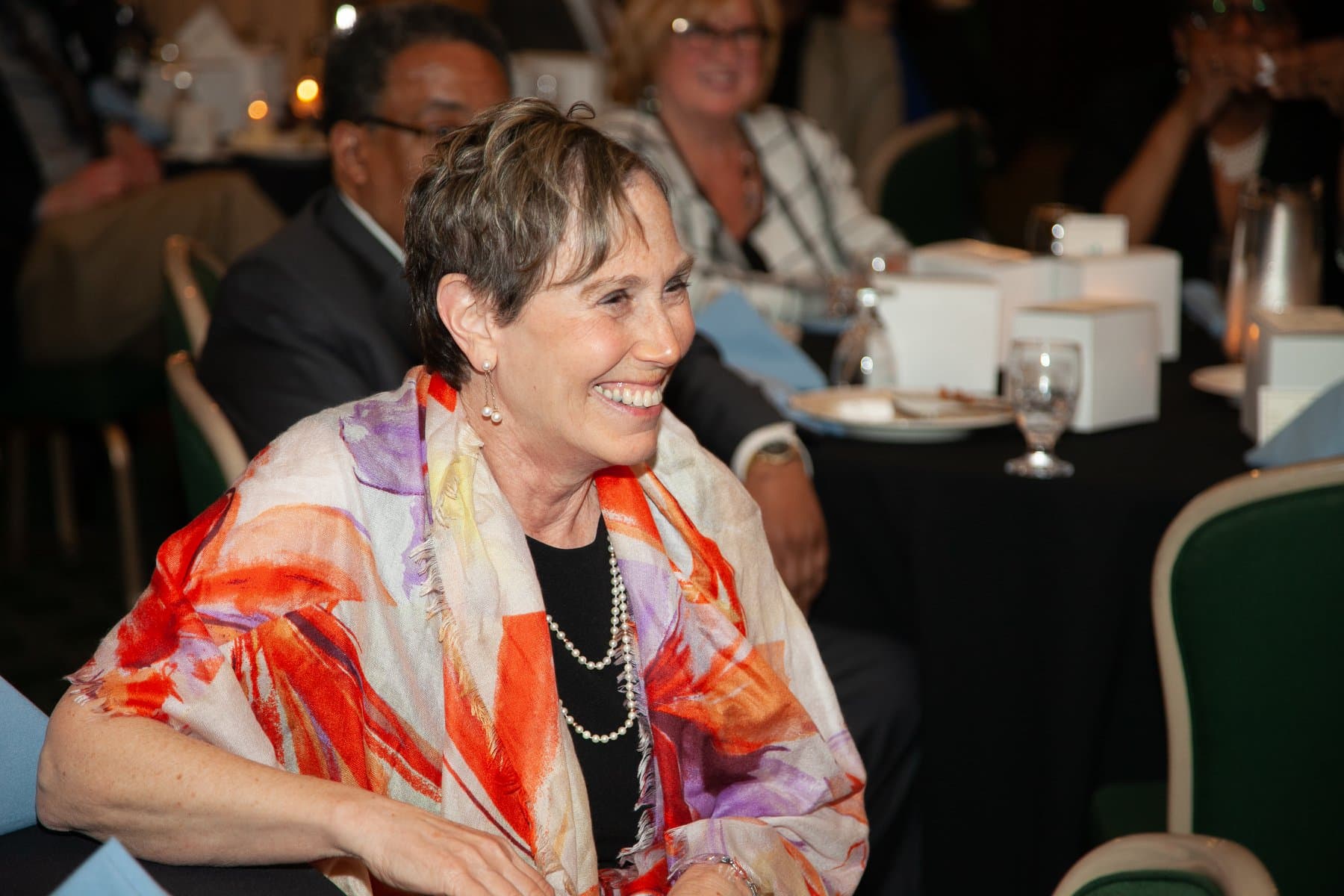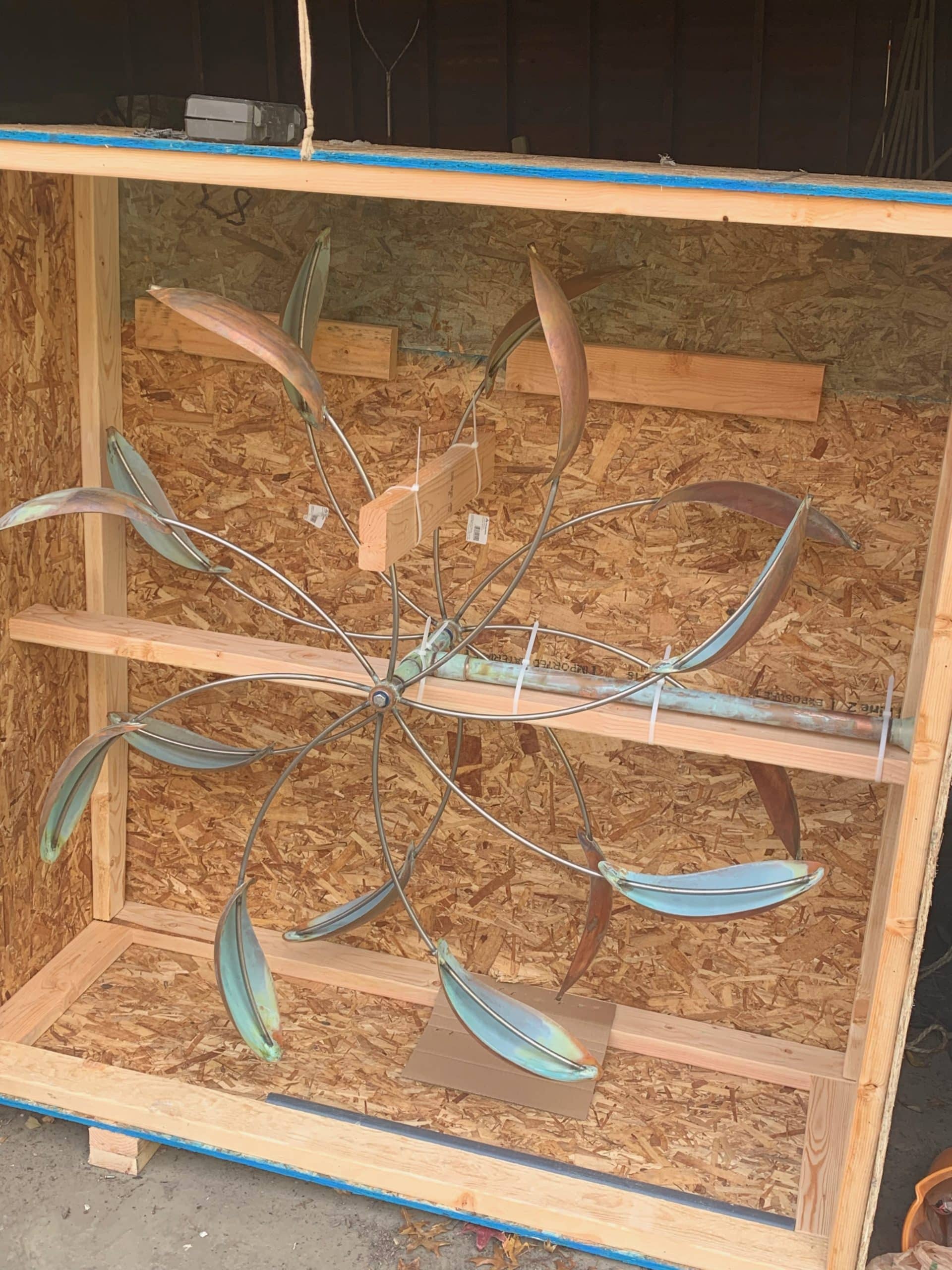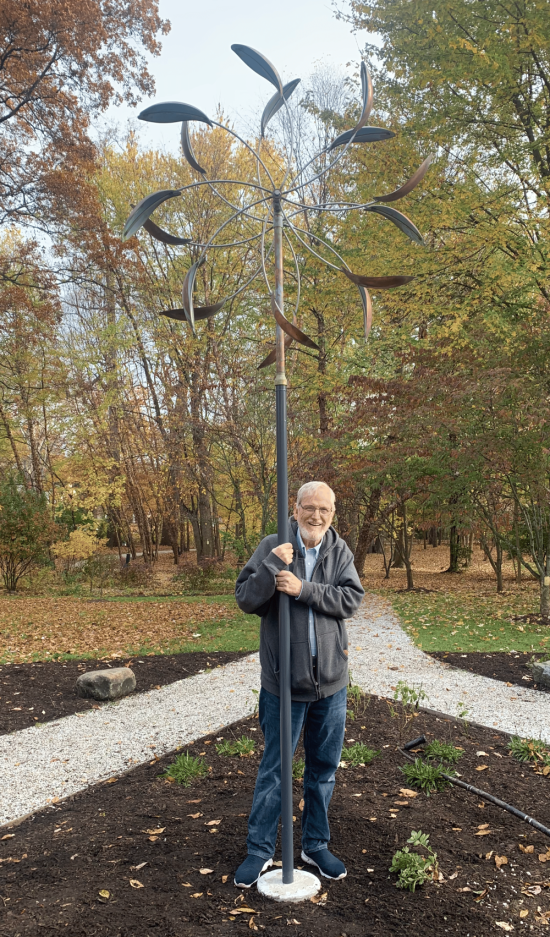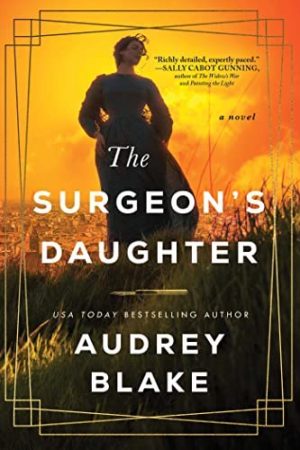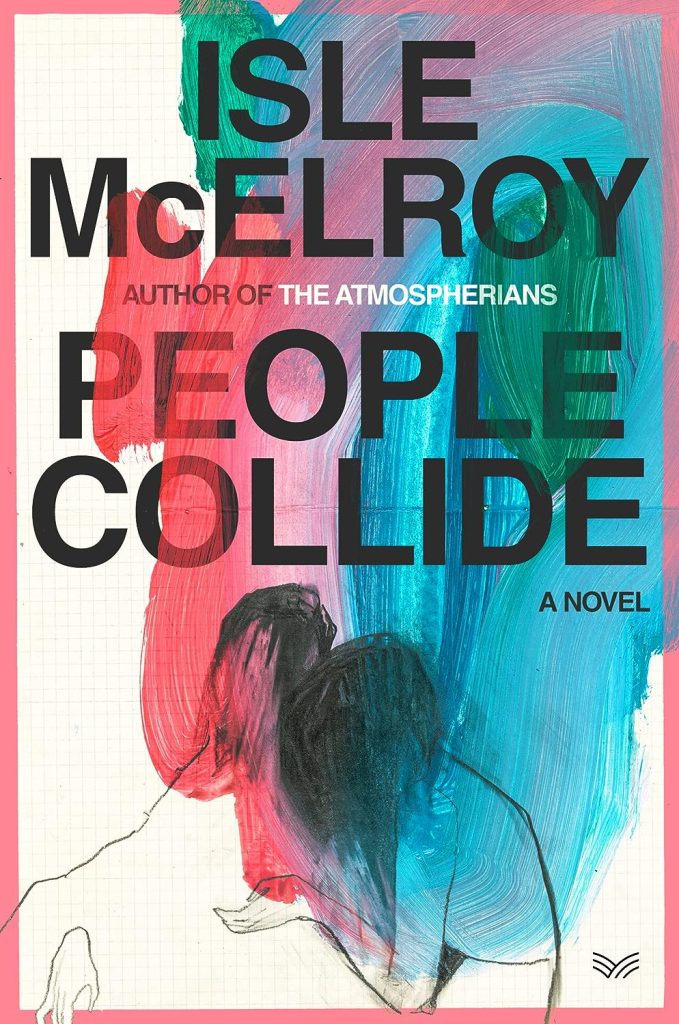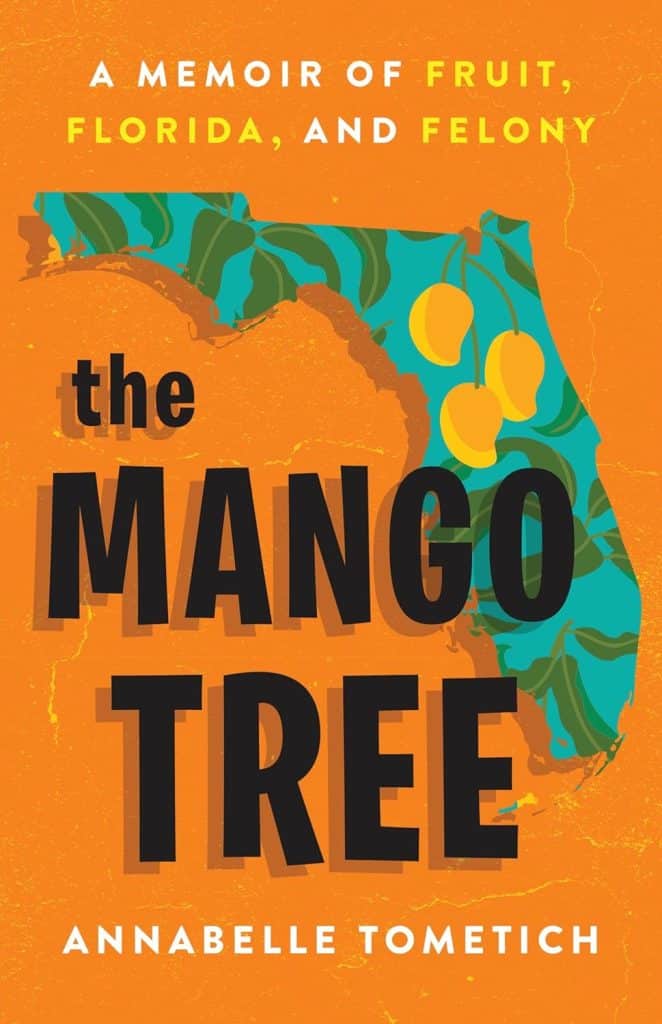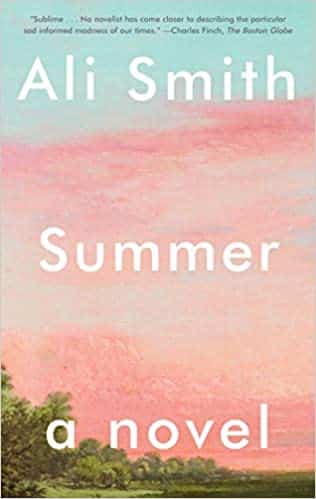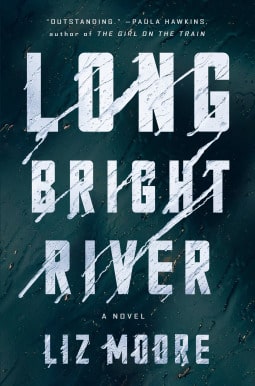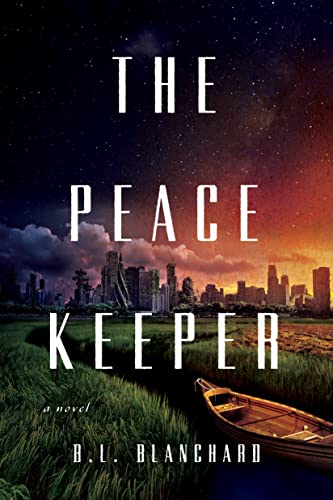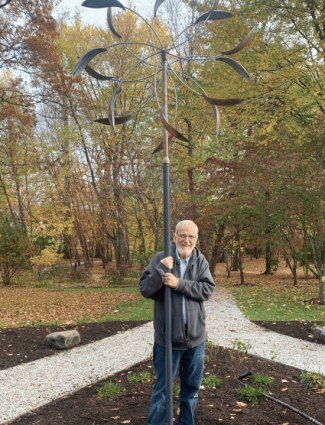
The Wind Sculpture – A Poem
Estimated reading time: 1 minute, 52 seconds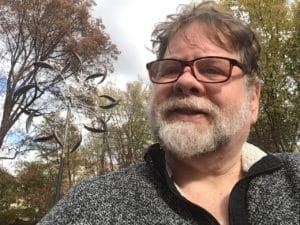
Jan’s Memorial Triangle Garden in Hanson Park, featuring The Wind Sculpture by Lyman Whitaker Wind Sculptures, is truly a sight to behold. Its recent installation on November 4, 2022, has already become a source of inspiration.
My dear friend Mark Annett was so moved by its beauty that he penned a heartfelt poem during his visit on Saturday. The sculpture’s impact is undeniable, even in its mere one-day existence.
The Wind Sculpture by Mark Annett
The Wind Sculpture
The blades move in opposite directions, and flower.
The flower they form is always bursting, always blooming.
The renewal is constant and mesmerizing…
The blade in the back turns slightly slower.
Maybe by design or defect… but, it is more beautiful because of it.
I lean against a tree to watch, and I get lost in time.
Suddenly, the blooming has stopped!
It is an endless pit drawing me in.
I don’t understand, and I am scared, confused…
What has happened? Why? Is it drawing me down instead of giving me joy?
Is it the pain I sought relief from or the wind?
I realize the winds have slowed.
The blades are moving in the same direction, rather than in the opposite.
I realize that it is both my pain and the wind.
The wind speed increases and the renewal begins again.
I realize that I am grateful for the reminder of the pain so that I can appreciate the beauty more fully.
The pain will always be dizzying when it comes but the winds will always bring renewal.
Related Links
The Jan Lilien Education Fund sponsors ongoing sustainability and environmental awareness programs. Gifts made this month; I will match dollar-for-dollar. All donations are tax-deductible.
I receive a commission when you buy a book or product using a link on this page. Thank you for supporting Sharing Jan’s Love blog.
